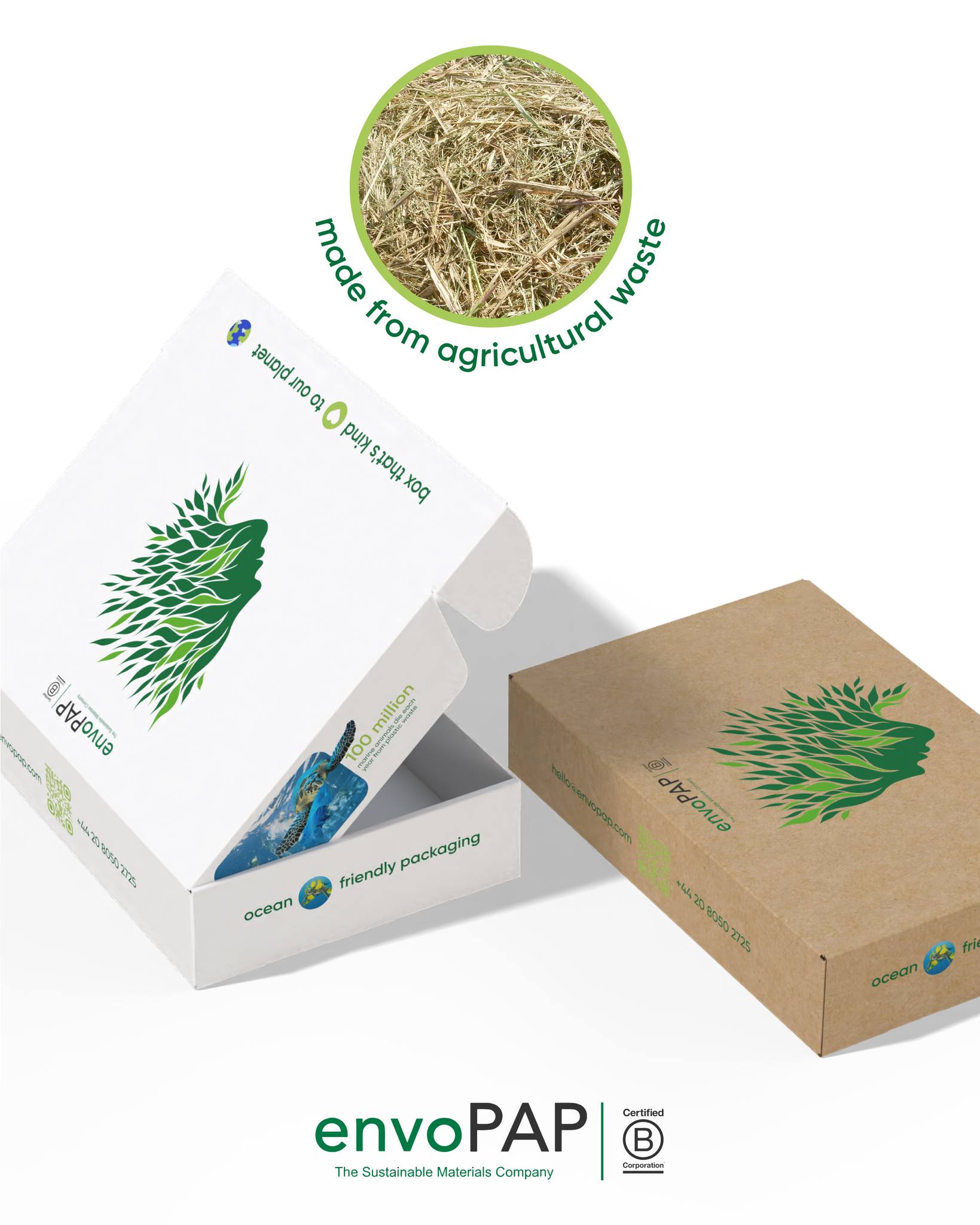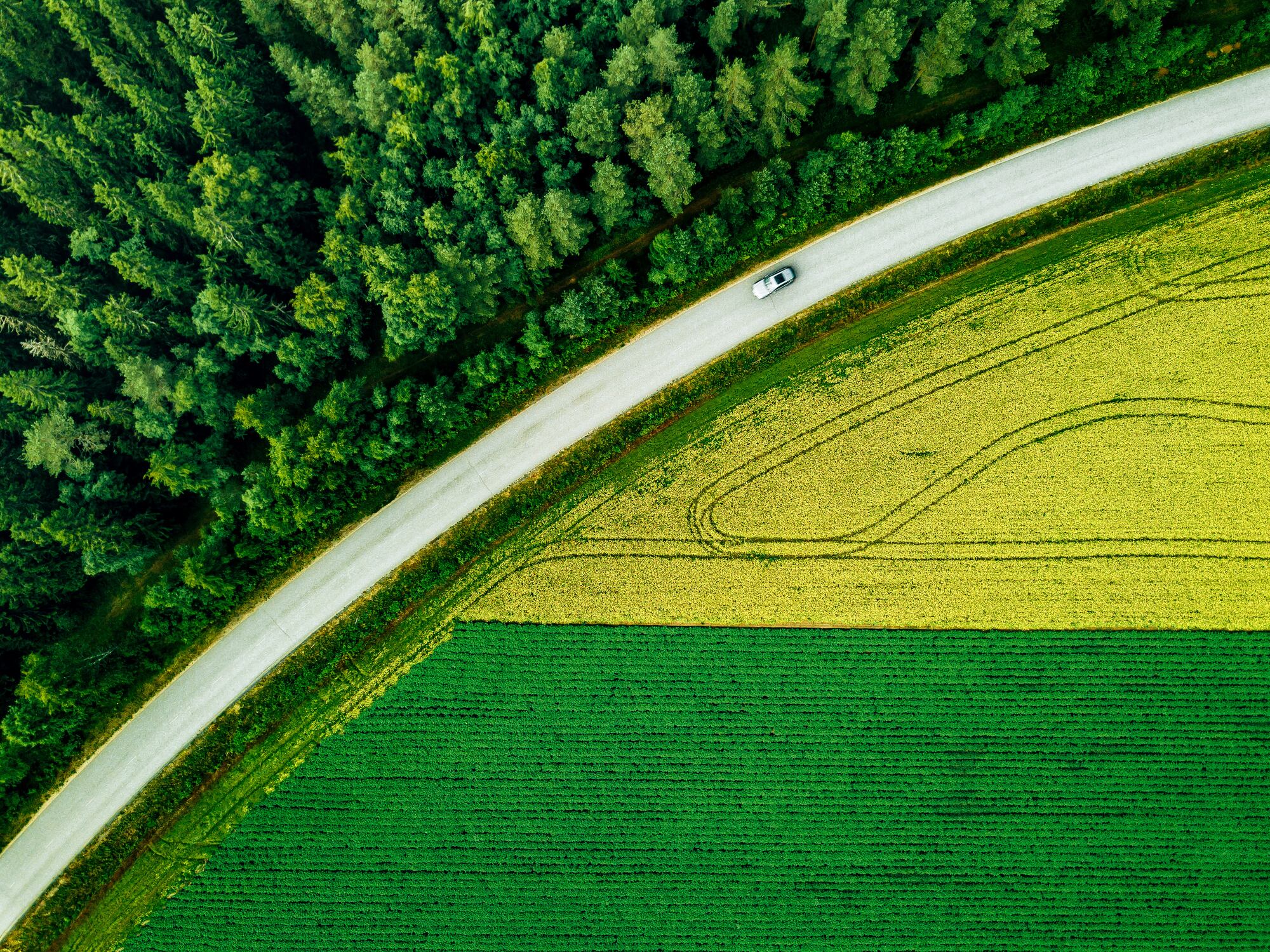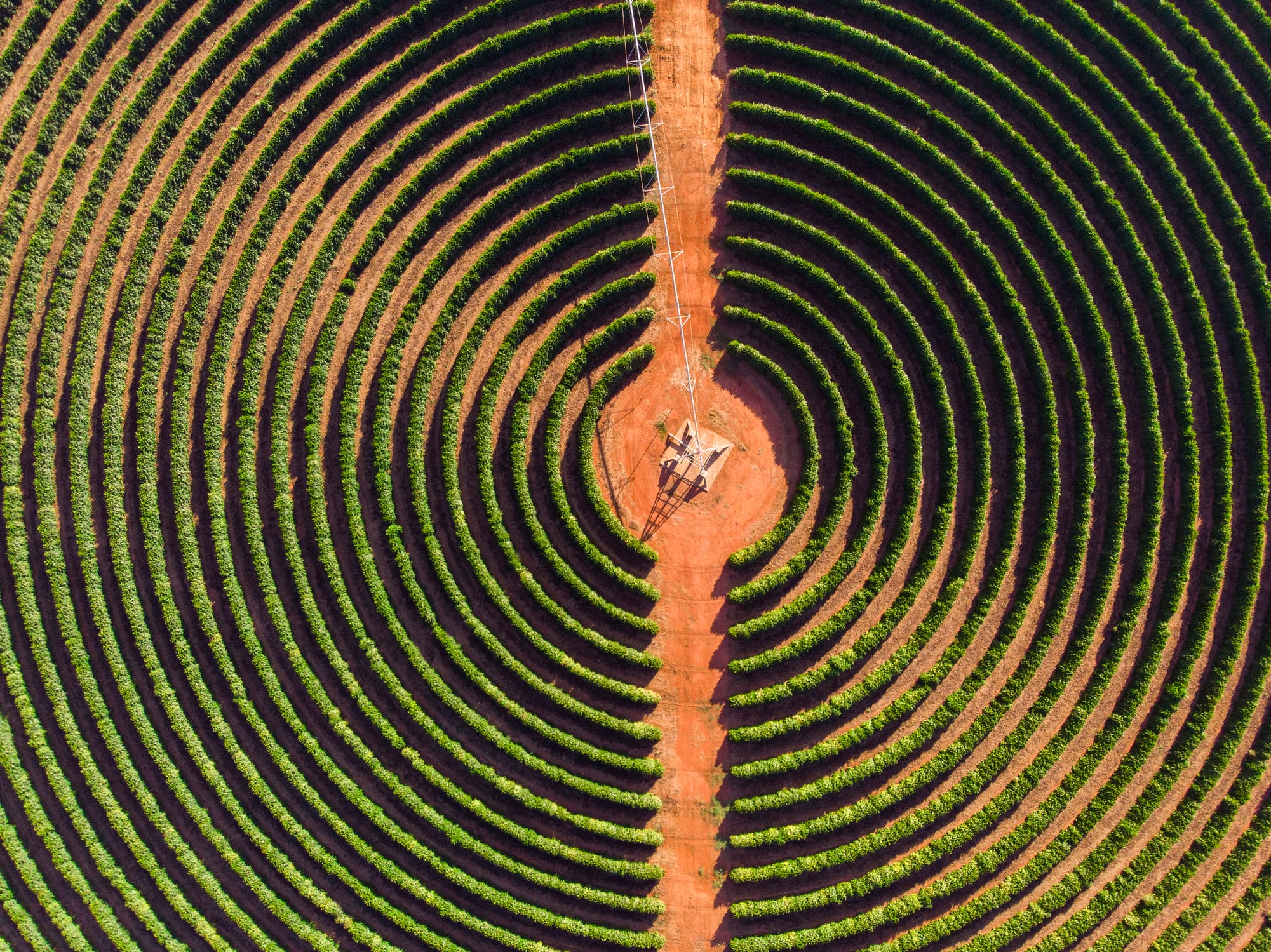This would translate into around 80,000 tonnes of sustainable materials, which are used to make a wide range of products from copy paper to packaging boxes.
According to founder and CEO Kaushal Shah, the firm would be able to expand to process about 200,000 tonnes.
At the moment, it currently outsources the manufacturing of its materials.
The expansion is part of the Indian company’s goal to upcycle the 370 million tonnes of agriculture waste that India produces every year.
It currently processes roughly 12,000 to 15,000 tonnes of agricultural waste a year.
“Our job is to make sure that we take in as much as we possibly can,” Shah told AgTechNavigator.
In addition to helping upcycle more waste that would otherwise by dumped or burnt, scaling up production would help the company reduce the cost, which remains the company’s biggest hurdle.
“To get a product market fit, you’ve got to give the company the same output and we got the product market fit a long time ago. It was what we did first. We made sure it could give the same output, the same durability. It also gives the same printability, shine and finish it requires. Now the next focus is reducing cost because acceptance is only going to make sense when the cost is right,” said Shah.
He added that the company’s goal was reduce cost by roughly 30%.
Raw material R&D
At the same time, the company is currently conducting trials on more types of agriculture waste.
“We are currently working on three more crops. These are undergoing trials right now, and until we can integrate them into our existing supply chain, we won’t be able to move forward. We’re still conducting trials to ensure they deliver the properties we need,” said Shah.
Currently, it upcycles a variety of agricultural crop waste such as wheat, corn, and most recently, bamboo.
“We convert this agricultural waste by extracting the cellulose from it. This extracted cellulose is then converted into fibrous materials, which are pressed and dried for various applications from the print industry to the packaging industry to the flexible packaging industry. For us, the major issue we’re trying to resolve is the excessive use of plastic in packaging,” said Shah.
Using this cellulose, the company was able to create products such as envoBarrier, a water- and oil-resistant coating for packaging.
An undertapped resource
Shah strongly believes agricultural waste has sorely been overlooked a resource and there is huge potential to develop innovative new products.
“If I had a hundred million dollars, I would literally get entrepreneurs into my company and start developing these products,” Shah told us.
“Agricultural waste doesn’t just have cellulose. There are hemicellulose and lignin –Top of Formjust these two open up thousands of opportunities on its own. We’re talking about converting into fabrics, biopolymers which then can be converted to hard plastics. And lignin can generate energy in energy plants.”
Bottom of Form
hemi





